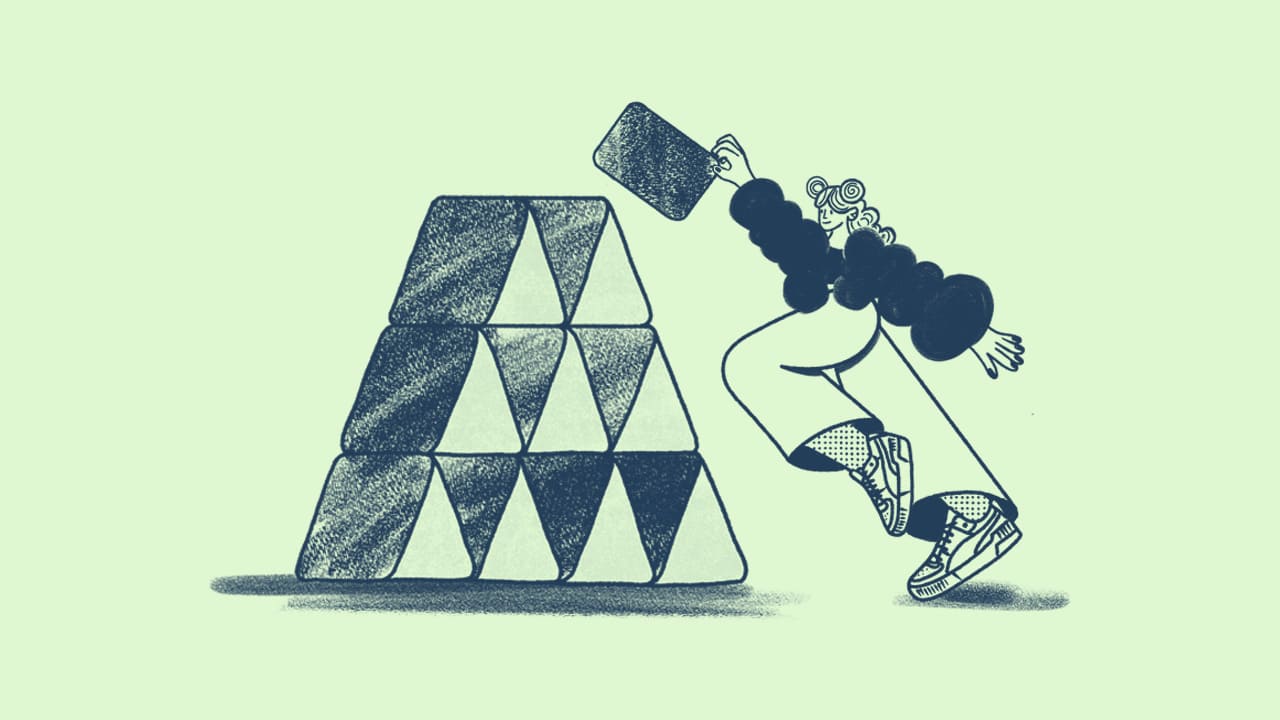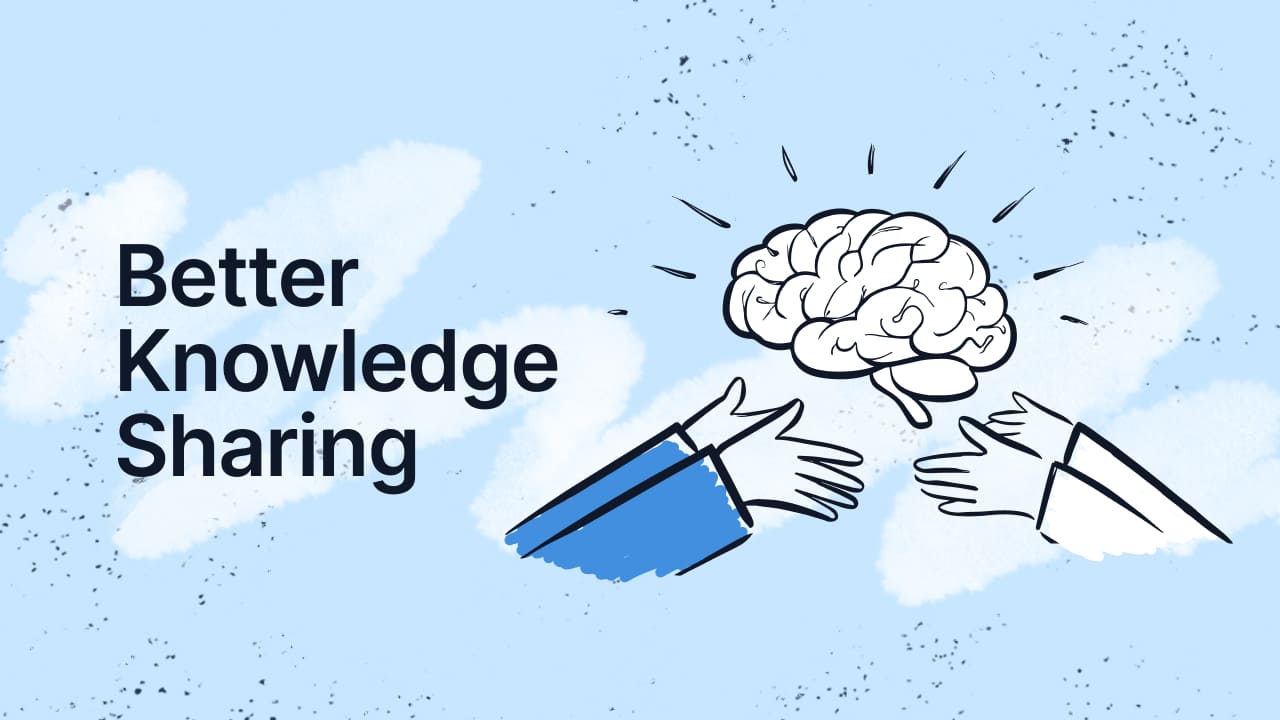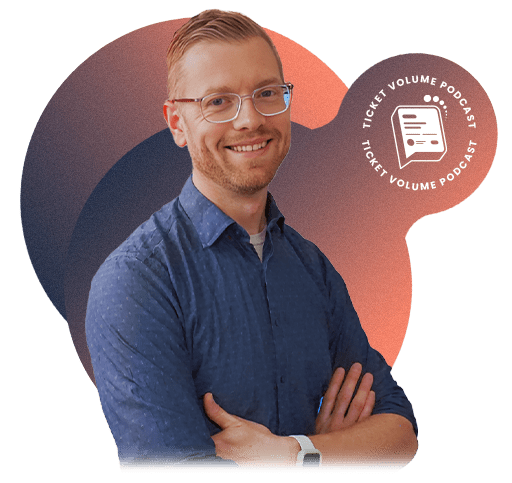One of the most widely recognized models for managing change is the ADKAR model, developed by Jeff Hiatt. This model contemplates both the process and the human element of change.
Any organization that wants to stay competitive knows that change is inevitable. In fact, change is something they should embrace. It could be anything, like adopting new technologies, restructuring departments, or implementing new policies.
ADKAR can guide you to implement change effectively. It will help you understand and manage all the individual aspects of change and ensure that organizational transformations are successful and sustainable.
What is the ADKAR Model
The ADKAR model is a comprehensive Change Management framework designed to guide individuals and organizations through successful transformations. ADKAR was developed by Jeff Hiatt, and it stands for Awareness, Desire, Knowledge, Ability, and Reinforcement.
This model focuses on the individual's journey through change, emphasizing the importance of addressing the personal side of change to achieve sustainable organizational transformations.
The creator: Jeff Hiatt
Jeff Hiatt is a renowned expert in Change Management. As the founder of Prosci, a leading Change Management research and consulting firm, Hiatt has dedicated his career to understanding and improving organizations' Change Management.
His extensive research and practical experience have led to the development of the ADKAR model, which has become a widely recognized and effective tool for Change Management practitioners worldwide.
ADKAR is an acronym that represents the five building blocks of successful change. We’ll cover each of them in the next sections.
Why is ADKAR important?
In a constantly evolving business and technological landscape, Change Management has become essential to face new challenges and avoid falling behind. While it is a complex practice due to potential resistance from individuals accustomed to the status quo and a lack of organizational alignment, there are several approaches that serve as guides to facilitate the process.
One of them is ADKAR, which fundamentally addresses the human aspect by providing guidelines aimed at achieving understanding, acceptance, and support for implementing changes and sustaining them over time.
Additionally, it offers a structured and sequential model that facilitates the implementation of transformation processes while aligning individual goals with those of the organization.
The methodology also includes measurement to track the success of the process, make adjustments when necessary, and ensure that changes endure, ultimately becoming part of the corporate culture.
ADKAR 5 steps
Awareness: Understanding the need for change
The first step in the ADKAR model is creating awareness about the need for change. Individuals must understand why the change is happening and what the risks of not changing are. Effective communication is key at this stage, as it helps to build a shared understanding and buy-in from employees.
Let's say, for example, a company is implementing a new customer relationship management (CRM) system. To create awareness, the leadership team might hold town hall meetings, send out newsletters, and create informative videos explaining why the new CRM system is necessary.
They might highlight the benefits, such as improved customer service, increased efficiency, and better data management, while also addressing the risks of not adopting the new system, such as losing market share or falling behind competitors.
Awareness involves providing clear and compelling information about the reasons behind the change, the benefits it will bring, and the potential consequences of not changing.
Desire: A positive attitude towards change
Once individuals know the need for change, they must develop a desire to participate in and support it. This involves addressing the "what's in it for me" question and highlighting the benefits of the change. Leaders should engage with employees to understand their concerns and motivations, fostering a positive attitude toward change.
Continuing with our CRM system implementation example, the leadership team might organize workshops where employees can learn about the new system's features and how it will make their jobs easier.
They might also share success stories from other departments or companies that have adopted similar systems, showcasing the positive impact on productivity and job satisfaction. Additionally, they could offer incentives, such as recognition or rewards, for employees who actively participate in the transition.
Desire is about creating a sense of urgency and excitement around the change, making it clear how the change will benefit both the organization and the individual.
With awareness and desire in place, individuals need to know how to change. This includes understanding the specific steps and actions required to implement the change.
Employee training, workshops, and clear instructions are essential at this stage to equip employees with the necessary skills and information. Knowledge involves providing detailed guidance on what needs to be done, how to do it, and what resources are available to support the change.
Ability: Tools and support
While knowledge is crucial, it's not the be-all and end-all. Individuals must also possess the ability to put that knowledge into practice. This means equipping employees with the necessary resources, tools, and support to adopt the change successfully.
Although it might seem similar to knowledge, there's a distinct difference: ability ensures that individuals have both the practical means and the confidence to make the change a reality.
Coaching and mentoring can be particularly effective in building ability, as they offer personalized guidance and encouragement. These approaches help bridge the gap between knowing what to do and actually doing it.
Reinforcement: Sustain the change
The final step is reinforcing the change to ensure it becomes a permanent part of the organization's culture.
A good reinforcement practice could be to establish a recognition program to acknowledge employees who have successfully adopted the new system.
Or maybe providing regular feedback and performance reviews to identify areas for improvement and offer additional support as needed. Reinforcement helps to sustain the change and prevent a return to old habits.
Applying the ADKAR Model
The ADKAR model can be applied to various types of organizational changes, from small-scale projects to large-scale transformations. Here are some practical steps to implement the ADKAR model:
- Assess the current state: Begin by assessing the current state of awareness, desire, knowledge, ability, and reinforcement within the organization. This will help identify gaps and areas that need improvement.
- Develop a change plan: Based on the assessment, develop a comprehensive change plan that addresses each element of the ADKAR model. This plan should include communication strategies, training programs, support mechanisms, and reinforcement activities.
- Engage stakeholders: Engage key stakeholders at all levels of the organization. Involve them in the planning process and seek their input to ensure buy-in and commitment.
- Implement the change: Execute the change plan, ensuring that each element of the ADKAR model is addressed. Monitor progress and make adjustments as needed to keep the change on track.
- Measure and reinforce: Continuously measure the success of the change and reinforce desired behaviors. Use metrics and feedback to identify areas for improvement and celebrate achievements to maintain momentum.
KPIs to Measure the Success of Change
The designated KPIs should be related to the expected outcomes of the change, considering the different levels of the ADKAR model and using both quantitative and qualitative indicators.
As progress is measured, the process of change is evaluated and adjusted to continue moving forward. Some possible KPIs in the different phases of the approach are:
- Awareness: percentage of employees who attended informational meetings, questions asked in surveys, and number of email newsletters opened.
- Desire: percentage of workers who expressed support for the change and increased participation in change-related activities.
- Knowledge: percentage of employees who completed training and the average score on assessments.
- Ability: average time to complete new tasks and the estimated reduction in the number of errors.
- Reinforcement: percentage of adoption of new practices and the number of incidents related to the change.
Using the ADKAR model to handle change saturation
Change saturation occurs when an organization or its employees are overwhelmed by too many changes happening at once. This can lead to decreased productivity, increased stress, and resistance to change.
The ADKAR model can be used as a tool to manage multiple changes and prevent change saturation. Here's how:
Consider developing an ADKAR heat map across different departments or teams. This visual tool uses color coding to represent how various areas of the organization are progressing through the ADKAR stages for different change initiatives.
It uses color coding (e.g., red, yellow, green) to show which areas are struggling or succeeding with different aspects of change. For example, the Sales department might be "green" in Awareness but "red" in Ability for a new CRM system implementation.
Each change initiative is given a score based on how ready the organization is in terms of each ADKAR element. Higher scores indicate better readiness for change. You can use the scores to help in deciding which changes to prioritize or which might need more support before proceeding.
Identify which ADKAR elements are lagging across different changes to develop focused strategies to address these gaps. For instance, if multiple changes are struggling with the "Knowledge" element, you might need to revamp your training programs or communication strategies.
Pro tips to implement the ADKAR model
- Emotional Intelligence and building a change coalition
Prioritize emotional intelligence to read and respond to your team's reactions effectively. Change is as much about emotions as processes. Simultaneously, identify and cultivate a network of influencers at all levels of the organization.
These change champions can help spread your message, provide valuable feedback, and address resistance. Remember, middle managers are often crucial for successful implementation, so provide them with extra support and resources.
- Craft a compelling narrative
Use storytelling to create a powerful narrative that illustrates the need for change and its potential benefits. Stories are more impactful than dry facts and can foster emotional buy-in. Implement feedback loops for real-time input at all stages of the change process.
Be prepared to anticipate and address resistance constructively, viewing it as a natural part of the process that can provide valuable insights.
Ensure that HR systems, performance metrics, and reward structures support the desired change. Misalignment can undermine even the best efforts. Plan for sustainability by designing mechanisms to embed the change into the organization's culture and operations.
This includes addressing cultural aspects and bridging any gaps between existing and desired organizational culture. Identify and celebrate quick wins to build momentum and demonstrate the value of the change effort.
- Incorporate technology and data wisely
You can use Change Management software and data analytics to track progress and inform decision-making. As we mentioned before, implement change saturation mapping to understand the cumulative impact of multiple changes on different parts of the organization.
That way, you'll be able to pace and sequence changes to avoid overwhelming employees. But remember that technology should complement, not replace, human interaction and communication.
- Practice adaptive leadership and continuous learning
Be prepared to adjust your approach based on emerging challenges and opportunities. Flexibility and responsiveness are key to navigating complex change environments. Invest in continuous learning for yourself and your team, staying updated on the latest Change Management research and methodologies.
Treat each change initiative as an opportunity to build the organization's overall change capacity, developing and documenting best practices for future use.
Final words
If you've reached this point, you've likely grasped the fundamental concepts of the ADKAR model and its practical application. Now, let's see the benefits of successfully implementing the ADKAR model:
- Focus on individuals: Employees are supported and engaged throughout the process.
- Structured approach: The model provides a structured and systematic approach to Change Management, making it easier to plan and execute change initiatives.
- Flexibility: The ADKAR model can be applied to a wide range of changes, from small projects to large-scale transformations, making it a versatile tool for organizations.
- Sustainability: Each element of the ADKAR model contributes to the changes being sustainable and becoming a permanent part of the culture.
Remember, successful Change Management is an ongoing process, and the ADKAR model provides a valuable roadmap. As you implement these strategies in your organization, you'll likely find that change becomes not just manageable but a powerful driver of growth and innovation.





















.jpg?upsize=true&upscale=true&width=780&height=205&name=ITIL%20Foundation%20Exam%20(2).jpg)
